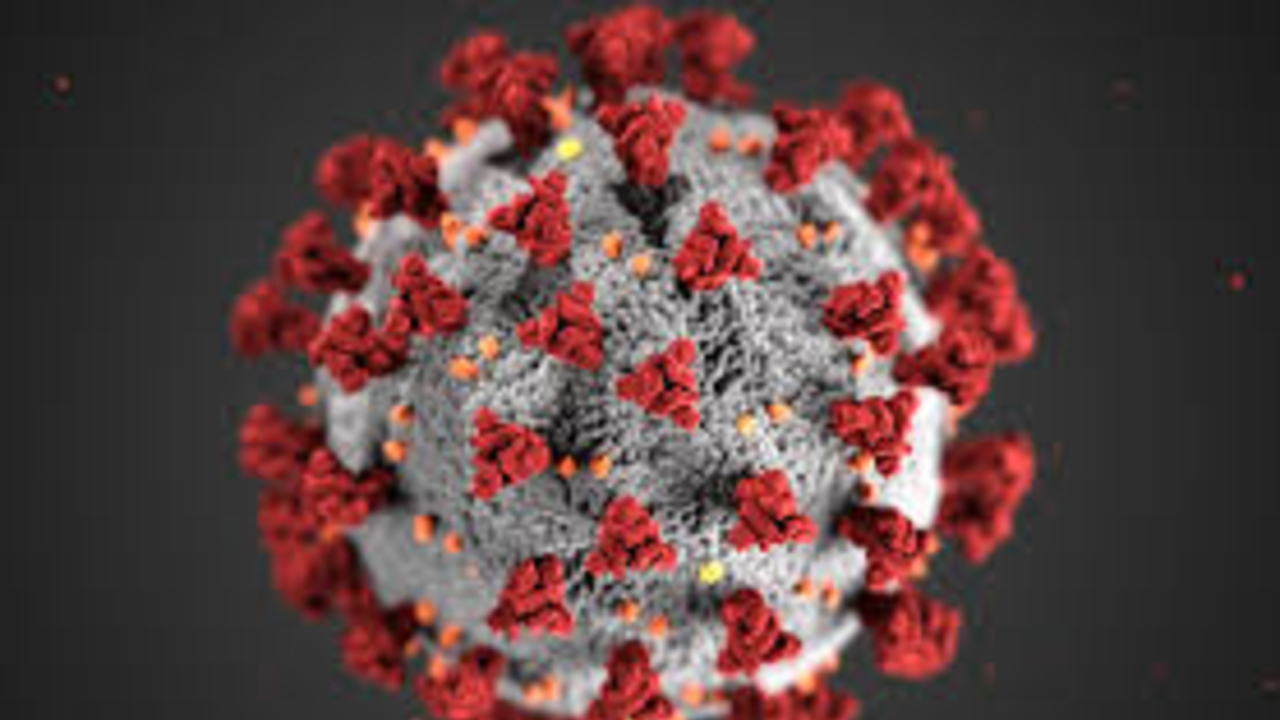
By Avery Gingerich
SYRACUSE, N.Y. (NCC News) — COVID-19 cases have slightly but consistently risen in Onondaga County since the middle of July.
A new variant whose scientific name if EG.5, and has been nicknamed Eris, is a key player.
EG.5 cases account for 17% of all new cases nationally and about 16% of new cases in the Northeast, according to the Center for Disease Control (CDC).
In an email to NCC News, Dr. Christopher Morley, the Chair of the Department of Public Health and Preventive Medicine at SUNY Upstate Medical University, said that EG.5 doesn’t present differently than other forms of COVID-19.
“The symptoms the virus naturally causes haven’t really changed that much in the past year or two … I think many reports about variants causing new or different symptoms are really about us learning more about the virus,” said Morley.
Each variant of COVID-19 that has risen has done so through natural selection. Something about the strains has made them more effective at bypassing the body’s defenses, said Morley. It’s EG.5’s turn.
“The case data are really messy because of the home testing landscape,” said Dr. David Larsen, a professor of Public Health at Syracuse University.
An increase in transmission doesn’t necessarily mean the strain is more dangerous, said Larsen. Right now, it’s hard to tell what’s causing people to get tested or go to the hospital.
Onondaga County uses multiple forms of data to track COVID-19. The earliest warning of widespread contagion will come from wastewater analysis, said Larsen. An increase in hospitalizations would likely follow.
Hospitalizations due to COVID-19 in Onondaga County have declined throughout the year, according to the New York State COVID-19 Tracker. After seeing about 100 new cases a day in January, hospitals have seen 10-20 new cases a day since May. ICU cases have been six or less per day over the same period.




